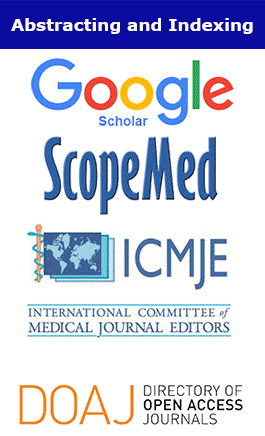PrEP Therapy: Understanding the Access and Impact on HIV Incidence
Manaswi Chigurupati
Abstract
Pre-exposure prophylaxis (PrEP) as an HIV-prevention strategy has been launched in many countries around the world. The therapy is the people who are not infected but are at high risk of acquiring it. In countries with poor healthcare resources and low- and middle-income populations, the incidence of HIV is high. PrEP therapy is highly effective at preventing HIV, however, there have been challenges in implementation. Identifying the barriers that may hamper the execution and continuousness of PrEP therapy should be identified.
PrEP can significantly reduce HIV incidence in the short term provided the coverage is high and adherence to therapy is followed. Strategies for awareness of the therapy and uptake need to be implemented among populations who are at high risk of HIV infection. By increasing the number of PrEP starters and the proportion of consistent users, the effectiveness of PrEP can be significantly improved. Newer forms of PrEP developed using innovative technologies have the potential to improve adherence to therapy by reducing the frequency of administration.
This comprehensive review article highlights the effectiveness of PrEP in reducing HIV incidences from clinical trials, the obstacles in successful implementation and uptake, strategies to improve accessibility, and recent developments in long-acting injectable lenacapavir requiring fewer shots.


